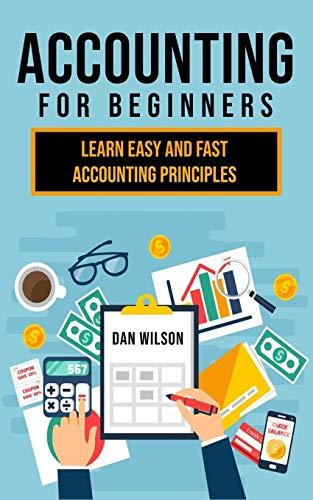



 [Please answer using the same format/solution table as in the question with no innovation/extra columns as that will make things difficult for me in terms of inputting.]
[Please answer using the same format/solution table as in the question with no innovation/extra columns as that will make things difficult for me in terms of inputting.]
Required information Use the following information for the Exercises below. [The following information applies to the questions displayed below.] Laker Company reported the following January purchases and sales data for its only product. Units sold at Retail Units Acquired at Cost 145 units @ $7.00 = $1,015 105 units @ $16.00 Date Activities Jan. 1 Beginning inventory Jan. 10 Sales Jan. 20 Purchase Jan. 25 Sales Jan. 30 Purchase Totals 70 units @ $6.00 = 420 85 units @ $16.00 190 units @ 405 units $5.50 = 1,045 $2,480 190 units The Company uses a perpetual inventory system. For specific identification, ending inventory consists of 215 units, where 190 are from the January 30 purchase, 5 are from the January 20 purchase, and 20 are from beginning inventory. Exercise 5-3 Perpetual: Inventory costing methods LO P1 Required: 1. Complete the table to determine the cost assigned to ending inventory and cost of goods sold using specific identification. 2. Determine the cost assigned to ending inventory and to cost of goods sold using weighted average. 3. Determine the cost assigned to ending inventory and to cost of goods sold using FIFO. 4. Determine the cost assigned to ending inventory and to cost of goods sold using LIFO. Complete this question by entering your answers in the tabs below. Required 1 Required 2 Required 3 Required 4 Required: 1. Complete the table to determine the cost assigned to ending inventory and cost of goods sold using specific identification. 2. Determine the cost assigned to ending inventory and to cost of goods sold using weighted average. 3. Determine the cost assigned to ending inventory and to cost of goods sold using FIFO. 4. Determine the cost assigned to ending inventory and to cost of goods sold using LIFO. Complete this question by entering your answers in the tabs below. Required 1 Required 2 Required 3 Required 4 Complete the table to determine the cost assigned to ending inventory and cost of goods sold using specific identification. (Round cost per unit to 2 decimal places.) Specific Identification Available for Sale Cost of Goods Sold Purchase Date Ending Inventory Ending Ending Cost Per Inventory- Inventory- Unit Units Cost Activity Unit Cost Units Units Sold Unit Cost COGS 145 Jan. 1 Jan. 20 Jan. 30 Beginning inventory Purchase Purchase 70 190 405 Complete this question by entering your answers in the tabs below. Required 1 Required 2 Required 3 Required 4 Determine the cost assigned to ending inventory and to cost of goods sold using weighted average. (Round cost per unit to 2 decimal places.) Weighted Average - Perpetual: Goods Purchased Cost of Goods Sold Inventory Balance Date # of units Cost per unit # of units sold Cost per Cost of Goods unit Sold # of units Cost per unit Inventory Balance January 1 145 @ $ 7.00 $ 1,015.00 January 10 January 20 Average cost January 25 January 30 Totals Complete this question by entering your answers in the tabs below. Required 1 Required 2 Required 3 Required 4 Determine the cost assigned to ending inventory and to cost of goods sold using FIFO. (Round cost per unit to 2 decimal places.) Perpetual FIFO: Goods Purchased Cost per Cost of Goods Sold # of units Cost per Cost of Goods sold Sold # of units Date Inventory Balance Cost per Inventory # of units unit Balance 145 @ $ 7.00 = $ 1,015.00 unit unit January 1 January 10 January 20 January 25 January 30 Totals Complete this question by entering your answers in the tabs below. Required 1 Required 2 Required 3 Required 4 Determine the cost assigned to ending inventory and to cost of goods sold using LIFO. (Round cost per unit to 2 decimal places.) Perpetual LIFO: Goods Purchased # of Cost per units unit Cost of Goods Sold # of units Cost of Goods sold unit Sold Cost per Date Inventory Balance Cost per Inventory # of units unit Balance 145 @ $ 7.00 = $ 1,015.00 January 1 January 10 January 20 January 25 January 30 Totals




 [Please answer using the same format/solution table as in the question with no innovation/extra columns as that will make things difficult for me in terms of inputting.]
[Please answer using the same format/solution table as in the question with no innovation/extra columns as that will make things difficult for me in terms of inputting.]





